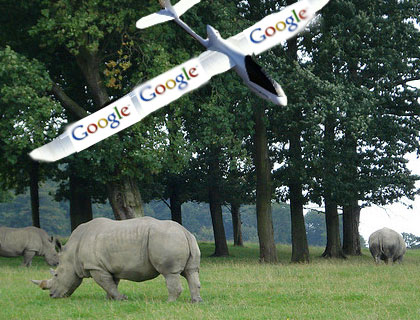
Imago via ZUMA Press
Africa’s iconic savanna elephants are disappearing—and poaching is to blame. That’s the takeaway of the Great Elephant Census, an elephant count conducted by researchers from an array of conservation and zoological groups in Africa.
Between 2007 and 2014, Africa’s elephant population dwindled by 30 percent, down to a grand total of just over 352,000 elephants. According to the World Wildlife Fund, there were as many as 3-5 million elephants in the early twentieth century.
Over the past 5-10 years, because of mounting demand for ivory, largely in China, elephant poaching has increased dramatically, especially in eastern and western Africa.
Some of the highest carcass ratios—a metric that compares [PDF] the number of dead elephants to the total number of live and dead elephants in a given area—were found in Cameroon, Mozambique, Tanzania and Angola, which had not been surveyed before.
Other reasons linked to the decline are human-elephant conflict, habitat loss and fragmentation, and the isolation of populations.
The report raises concerns about how the animals are protected. “The clear implication is that many reserves are failing to adequately shield elephants from poaching and human-elephant conflict,” said the study.
While these revelations may bring more attention to poaching and other issues affecting savanna elephants, the problems will likely persist. Poachers are paid handsomely—as much as $1,500 per pound of ivory on the black market—and they don’t serve much time in jail.
“If we can’t save the African elephant, what is the hope of conserving the rest of Africa’s wildlife?” said Mike Chase, GEC principal investigator, in a statement.
A few breathtaking photos of these disappearing majestic creatures:


















